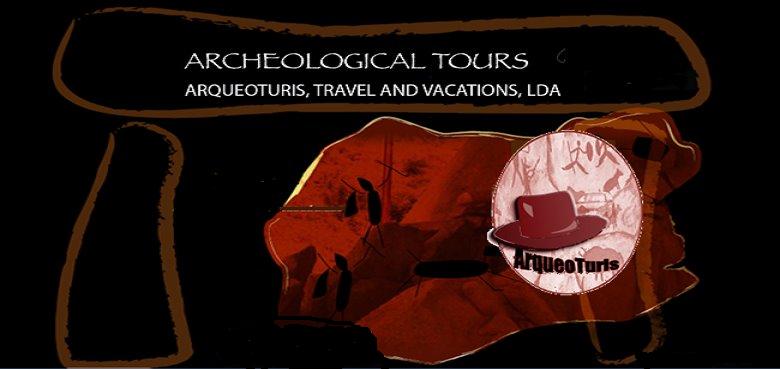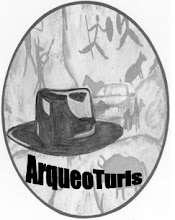


 Situada a 5 km de Monforte, esta vasta villa foi escavada no início pelo Professor Dr. Manuel Heleno de 1947 a 1962 e mais recentemente pelo Professor Dr. Fernando de Almeida. As escavações tiveram continuação a partir de 1983 sob a direcção da Drª: Stephanie Maloney, Estados Unidos da América e Maria da Luz Gouveia Veloso da Costa Huffstot de Lisboa.
Situada a 5 km de Monforte, esta vasta villa foi escavada no início pelo Professor Dr. Manuel Heleno de 1947 a 1962 e mais recentemente pelo Professor Dr. Fernando de Almeida. As escavações tiveram continuação a partir de 1983 sob a direcção da Drª: Stephanie Maloney, Estados Unidos da América e Maria da Luz Gouveia Veloso da Costa Huffstot de Lisboa.A villa desenvolve-se sobre uma colina, junto de um pequeno riacho, em torno de um vasto pátio interior, denominada villa em peristilo.
A propriedade foi atribuída a uma poderosa família romana, os BASÍLII, cujo nome é conhecido através de uma inscrição encontrada no local, mandaram construir uma grandiosa residência, e aí se estabeleceram talvez desde o Séc. II até ao Séc. IV d.C., explorando um vasto latifúndio, que incluía lagares, celeiros e outras dependências agrícolas, sempre rodeados de servos.
A Norte da villa encontraram-se as ruínas de uma Basílica Paleo-Cristã, com alguma certeza, datada do séc. IV, com três naves, e ábsides contrapostas, a qual tinha um batisfério em forma de cruz de Lorena, com dois lanços opostos de quatro degraus, só se encontrando paralelos na Palestina e no Norte de África.
----------
Located 5 km from Monforte, this large villa has been excavated at the beginning by Professor Dr: Manuel Heleno from 1947 to 1962 and more recently by Professor Dr: Fernando de Almeida. The excavations were continued from 1983 under the direction of Dr: Stephanie Maloney, USA and Maria da Luz Veloso da Costa Gouveia Huffstot, Lisbon. The villa is on a hill, near a small stream, around a large courtyard, known as peristyle villa. The property was attributed to a powerful Roman family, the BASÍLII, whose name is known by an inscription found on the site, they ordered the construction of a grand residence, and there they set up possibly since the 2nd century to 4th century AD, exploring a “latifundia”, which included mills, barns and other agricultural facilities, always surrounded by servants. To the north of the Villa, there are the ruins of a Paleo-Christian Basilica, with some certainty, dated from the 4th century AD, with three naves, and apsis opposed, which had a baptistery shaped as a cross of Lorraine, with two opposing sets of four steps, the only parallel was found in Palestine and North Africa.
Fontes: Diversas
.








Sem comentários:
Enviar um comentário